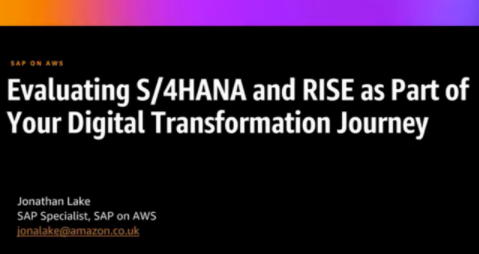Qumulo packages disaster recovery into file management tool
Snapshot system available in on-premises and cloud flavors


Enterprise data management company Qumulo has launched a business continuity feature to help protect against ransomware threats.
The feature, Qumulo Recover Q, stores backup data on customers' premises but also replicates and snapshots files in the cloud.
The on-premises deployment is included in the company's Qumulo Server Q product, a file management system running on bare-metal Linux systems. It runs on the primary Server Q cluster and replicates to a remote site. It can also replicate from the remote cluster to others.
The cloud option offers disaster recovery as a service (DRaaS) capability, allowing cloud-based fail-overs. It ships as part of Qumulo Cloud Q, a cloud-based data management system that runs on Amazon Web Services (AWS), Azure, or GoogleCloud.
Qumulo Recover Cloud replicates files from Server Q to a Cloud Q cluster. It can also replicate to Server Q clusters running at the user's facilities or in alternate cloud providers' infrastructures.
The company highlights reduced capital and operating expenditure as two key product benefits. Cloud operation eliminates the need for dedicated backup data centers, the company points out. It also enables customers to cut operating expenses by using application programming interfaces (APIs) to instantiate Cloud Q as a hot site only when needed for fail-over purposes.
RELATED RESOURCE

Evaluating S/4HANA and RISE as part of your digital transformation journey
How to develop a business case for SAP S/4 HANA and RISE
Recover Q Cloud runs on AWS and Google Cloud as self-managed infrastructure and on Azure as a fully managed service.
Sign up today and you will receive a free copy of our Future Focus 2025 report - the leading guidance on AI, cybersecurity and other IT challenges as per 700+ senior executives
Qumulo's data management products store files in their native formats, enabling its products to build workflows around the files on-premises and in cloud environments. It focuses on its ability to store and process large volumes of structured and unstructured files, enabling customers to manipulate them via its API.
Danny Bradbury has been a print journalist specialising in technology since 1989 and a freelance writer since 1994. He has written for national publications on both sides of the Atlantic and has won awards for his investigative cybersecurity journalism work and his arts and culture writing.
Danny writes about many different technology issues for audiences ranging from consumers through to software developers and CIOs. He also ghostwrites articles for many C-suite business executives in the technology sector and has worked as a presenter for multiple webinars and podcasts.
-
 The threat prevention buyer's guide
The threat prevention buyer's guideWhitepaper Find the best advanced and file-based threat protection solution for you
-
 The business value of Zscaler Data Protection
The business value of Zscaler Data ProtectionWhitepaper Understand how this tool minimizes the risks related to data loss and other security events
-
 BCDR buyer's guide for MSPs
BCDR buyer's guide for MSPsWhitepaper How to choose a business continuity and disaster recovery solution
-
 Three essential requirements for flawless data protection
Three essential requirements for flawless data protectionWhitepaper Want a better CASB and stronger DLP? You have to start with the right foundation
-
 Anticipate, prevent, and minimize the impact of business disruptions
Anticipate, prevent, and minimize the impact of business disruptionsWhitepaper Nine best practices for building operational resilience
-
 Business value of ServiceNow security operations
Business value of ServiceNow security operationsWhitepaper Experience transformational gains from automating workflows and data-sharing among IT, security, and risk teams to rapidly remediate threats
-
 Top ten ways to anticipate, eliminate, and defeat cyber threats like a boss
Top ten ways to anticipate, eliminate, and defeat cyber threats like a bossWhitepaper Improve your cyber resilience and vulnerability management while speeding up response times
-
 Morgan Advanced Materials still unable to restore systems after January cyber attack
Morgan Advanced Materials still unable to restore systems after January cyber attackNews Billion-pound manufacturing firm’s sites are still running processes manually nearly five months after its suspected ransomware attack


